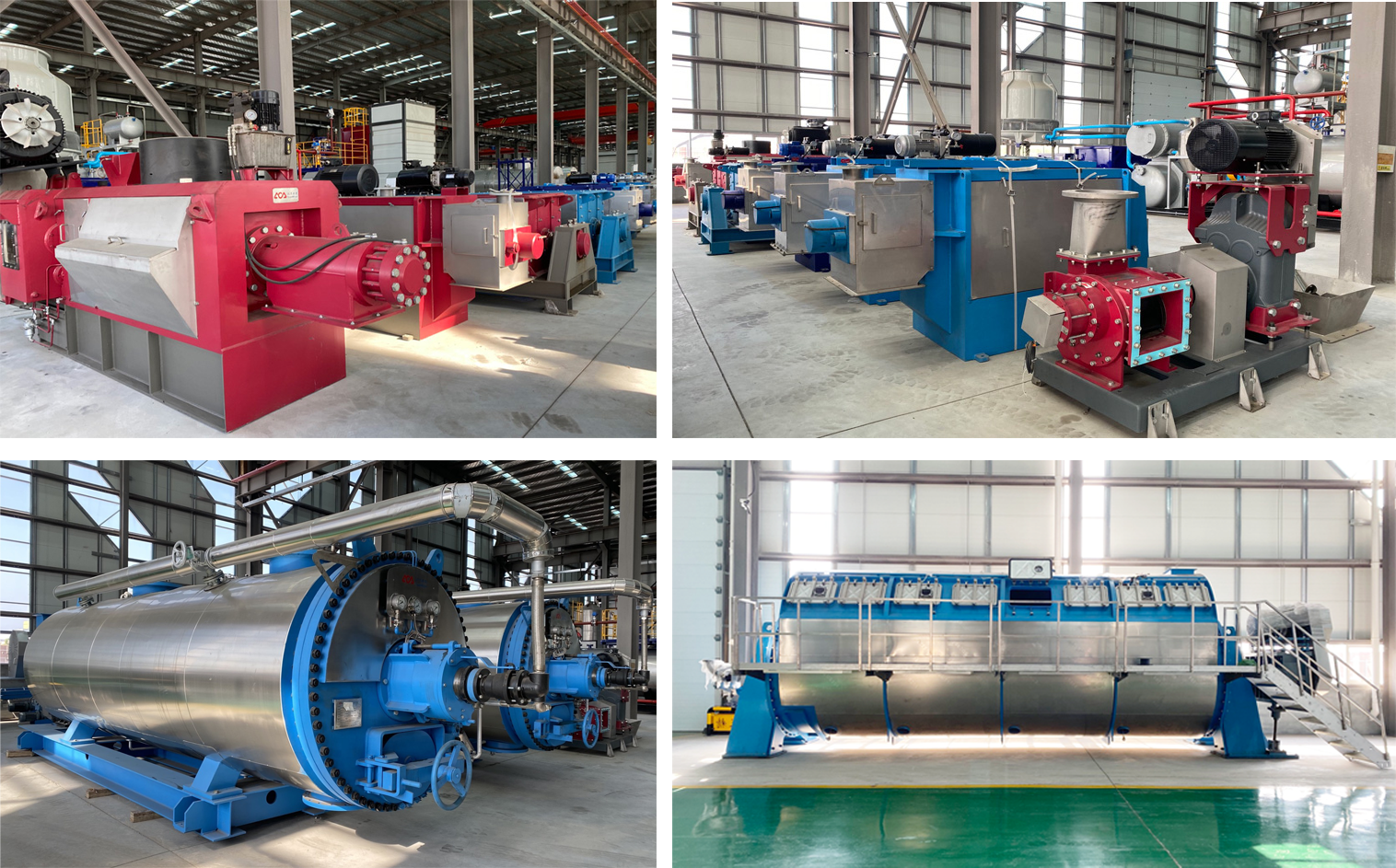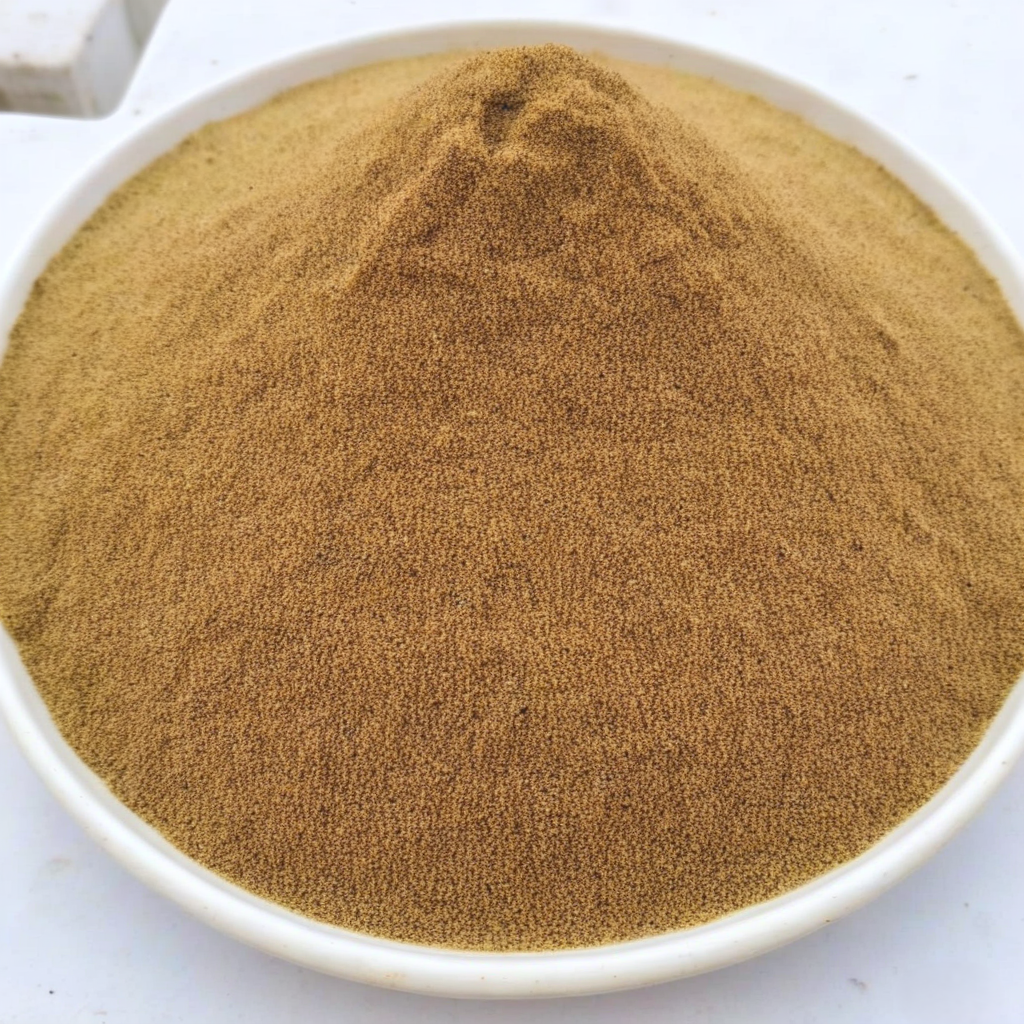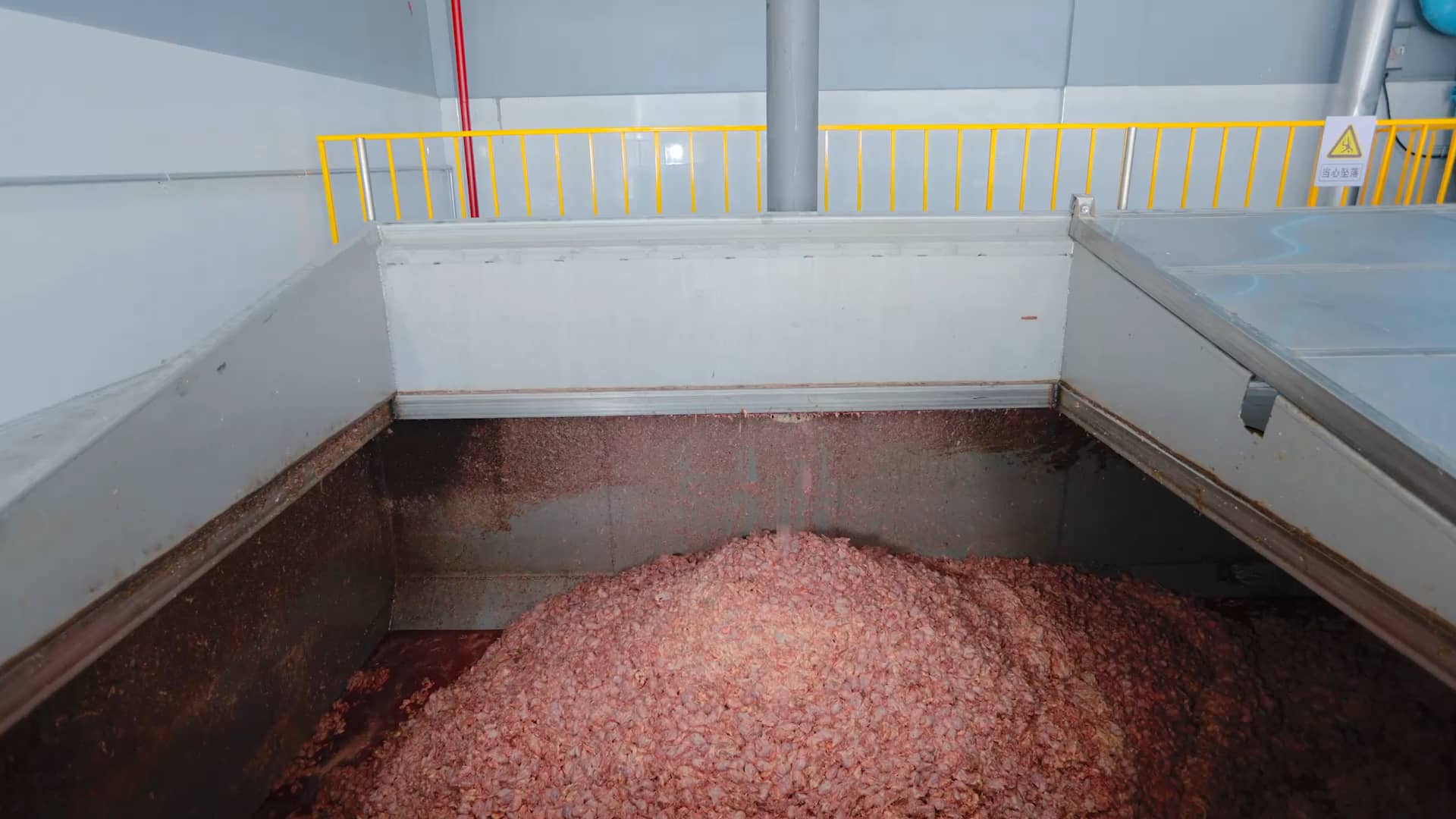
Fish Meals: A Nutritious and Sustainable Protein Source for Aquaculture and Livestock Feed
Fish Meals: A Nutritious and Sustainable Protein Source for Aquaculture and Livestock Feed
Fish meals is a protein-rich feed ingredient that is widely used in aquaculture, livestock, and pet food industries. It is made from whole fish, fish trimmings, and other fishery by-products that are processed into a dry powder or cake. Fish meal is a valuable source of essential amino acids, omega-3 fatty acids, vitamins, and minerals that are necessary for the growth and development of animals.
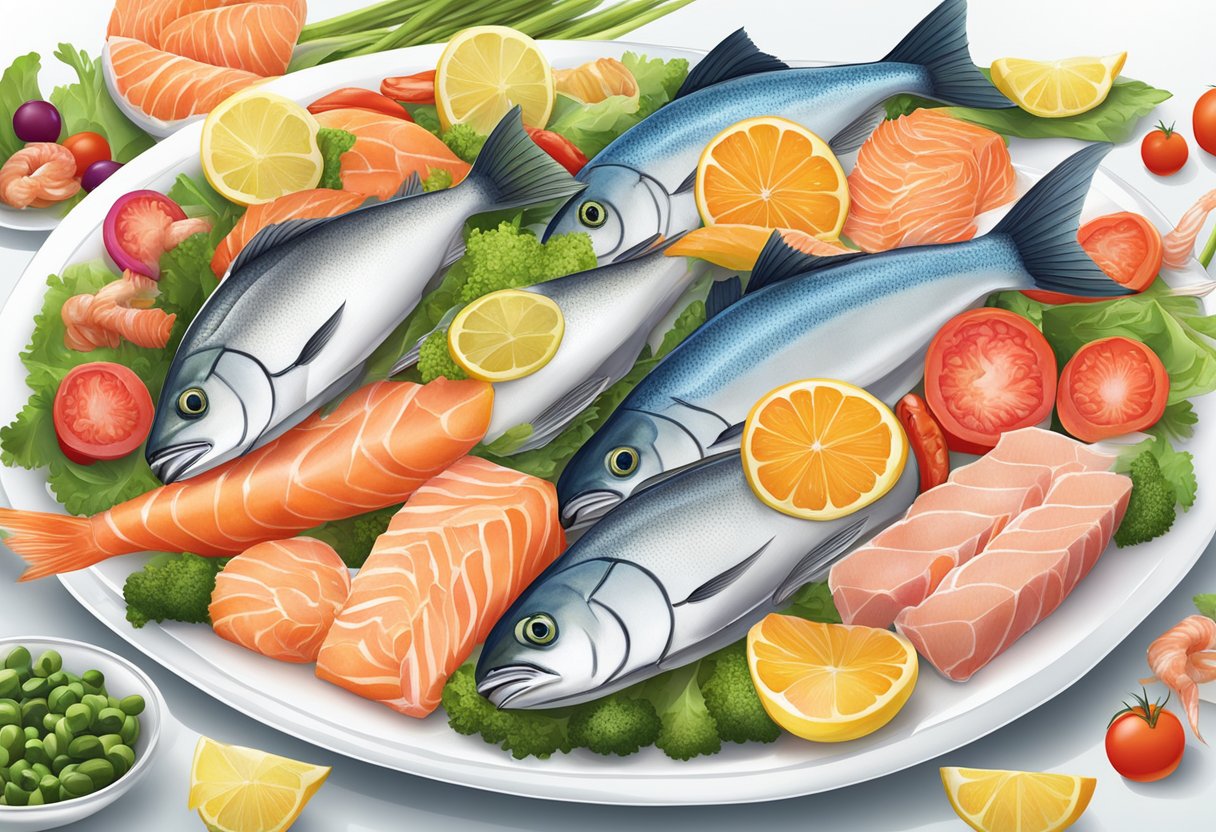
Fish meal has been used as a feed ingredient for more than a century, and its nutritional benefits have been well established. It is highly digestible and contains a balanced profile of amino acids that are essential for animal growth and maintenance. Fish meal is also a good source of energy, vitamins, and minerals, such as calcium, phosphorus, and selenium, which are important for bone development, immune function, and overall health.
Despite its nutritional benefits, the use of fish meal has been controversial due to concerns about overfishing and sustainability. However, many fish meal producers have implemented sustainable fishing practices and are working to reduce their environmental impact. As a result, fish meal remains a popular and important feed ingredient for many animal industries.
Fish Meals Production
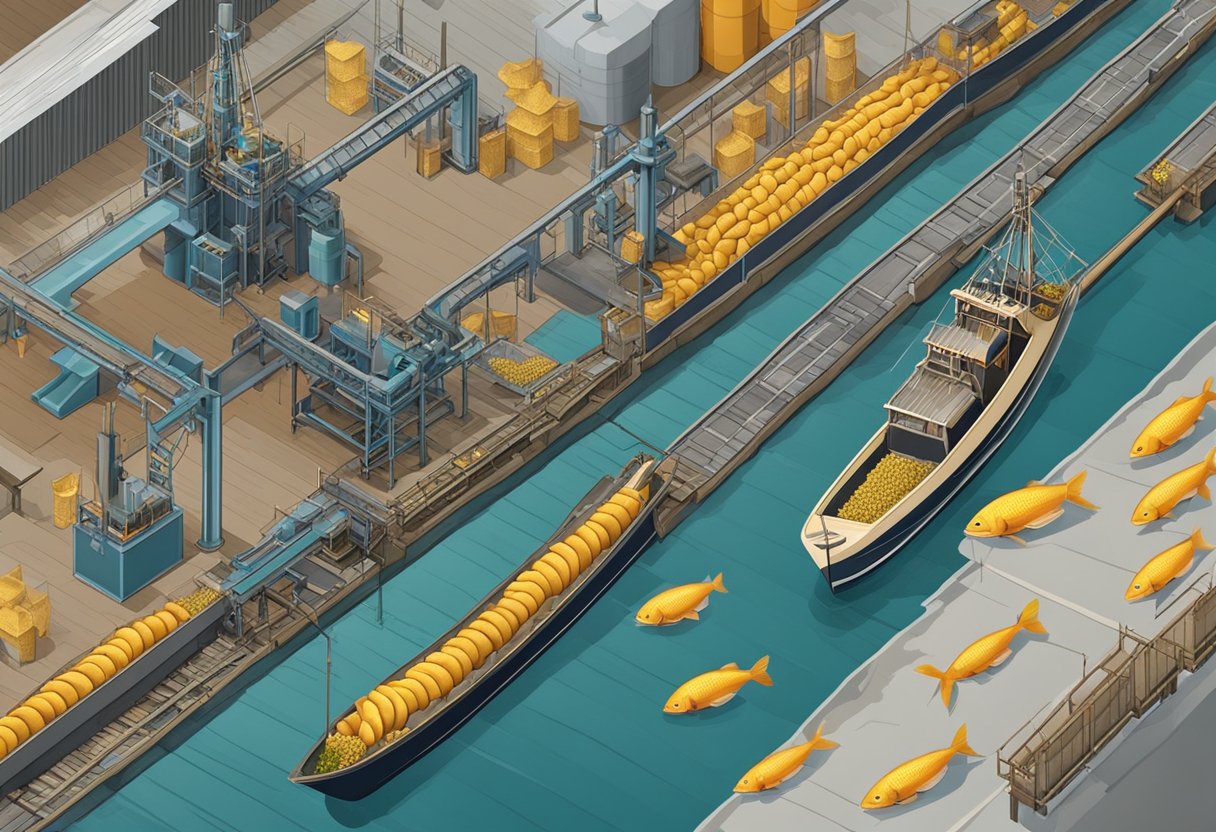
Raw Material Sourcing
Fish meal is a high-protein feed ingredient that is produced from whole fish or fish trimmings. The raw materials used in fish meal production are sourced from a variety of sources including fish processing plants, fish farms, and fishing vessels. The quality of the raw materials used in fish meal production is critical to the final product’s nutritional value and quality. Therefore, only high-quality raw materials are used in fish meal production to ensure that the final product meets the nutritional requirements of the target animal.
Processing Techniques
Fish meal production involves several processing steps, including cooking, pressing, drying, and grinding. The raw materials are cooked at high temperatures to destroy harmful bacteria and enzymes. The cooked fish is then pressed to remove the liquid and oil, leaving behind a solid cake. The cake is then dried using hot air, which reduces the moisture content to less than 10%. Finally, the dried cake is ground into a fine powder.
The processing techniques used in fish meal production are critical to the final product’s nutritional value and quality. The temperature, pressure, and drying time must be carefully controlled to ensure that the final product retains its nutritional value and quality.
Quality Control
Quality control is an essential aspect of fish meal production. The quality of the raw materials, processing techniques, and final product is carefully monitored to ensure that the final product meets the nutritional requirements of the target animal. Quality control measures include regular testing of the raw materials, monitoring of the processing steps, and testing of the final product.
In screw conveyor fish meal production is a complex process that involves several processing steps and quality control measures. The use of high-quality raw materials and careful processing techniques is critical to the final product’s nutritional value and quality.
Nutritional Profile
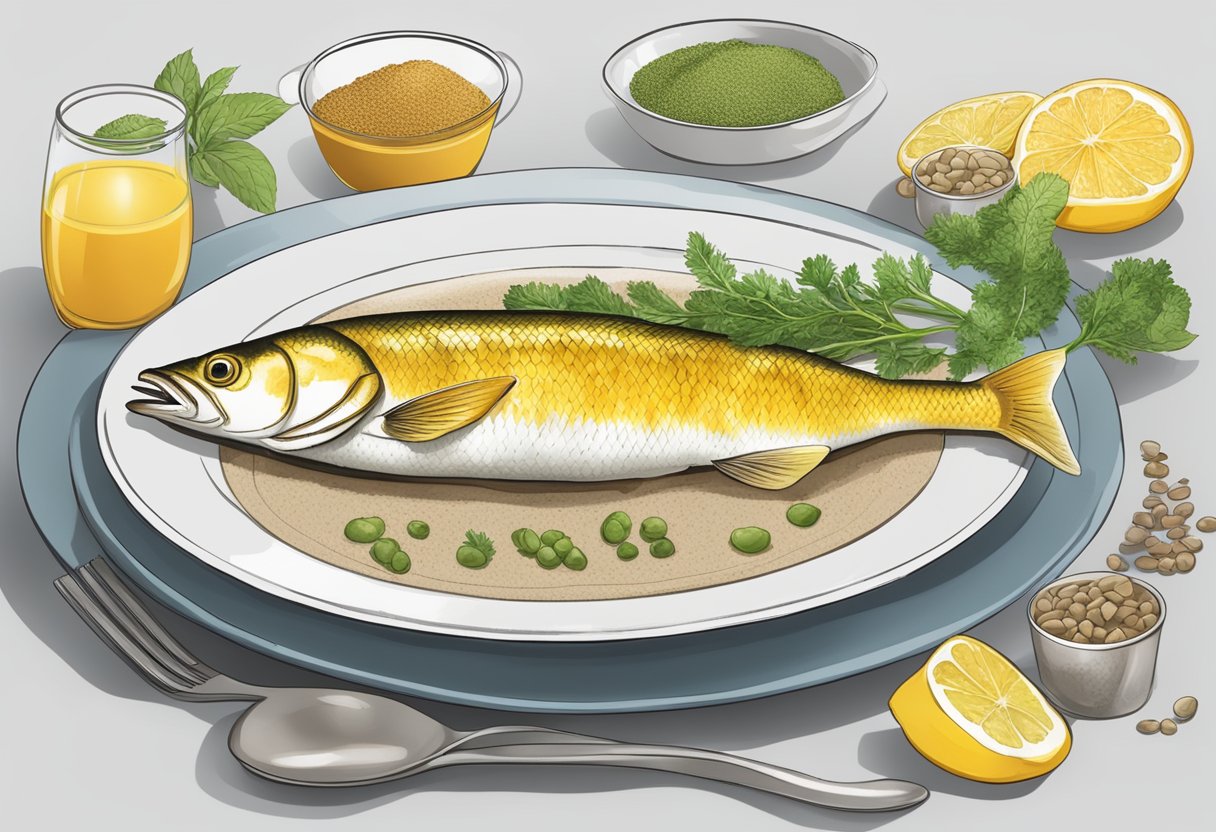
Fish meal is a highly nutritious food source for animals due to its high protein content and vitamin and mineral composition. In this section, we will explore the nutritional profile of fish meal in more detail.
Protein Content
Fish meal is an excellent source of protein, containing up to 60-70% protein by weight. This protein is high in essential amino acids, making it a complete protein source. This is particularly important for animals that require a high protein diet, such as young animals and those used for meat production.
Vitamin and Mineral Composition
Fish meal is also rich in vitamins and minerals, including vitamins A, D, and E, as well as calcium, phosphorus, and selenium. These nutrients are essential for the growth and development of animals, as well as for maintaining their overall health and wellbeing.
In particular, vitamin A is important for vision, immune function, and reproduction, while vitamin D is necessary for bone health and calcium absorption. Vitamin E is a powerful antioxidant that helps protect cells from damage, while calcium and phosphorus are essential for strong bones and teeth. Finally, selenium is important for immune function and acts as an antioxidant in the body.
Overall, fish meal is a highly nutritious food source for animals, providing a range of essential nutrients that are necessary for their health and wellbeing.
Applications of Fish Meal
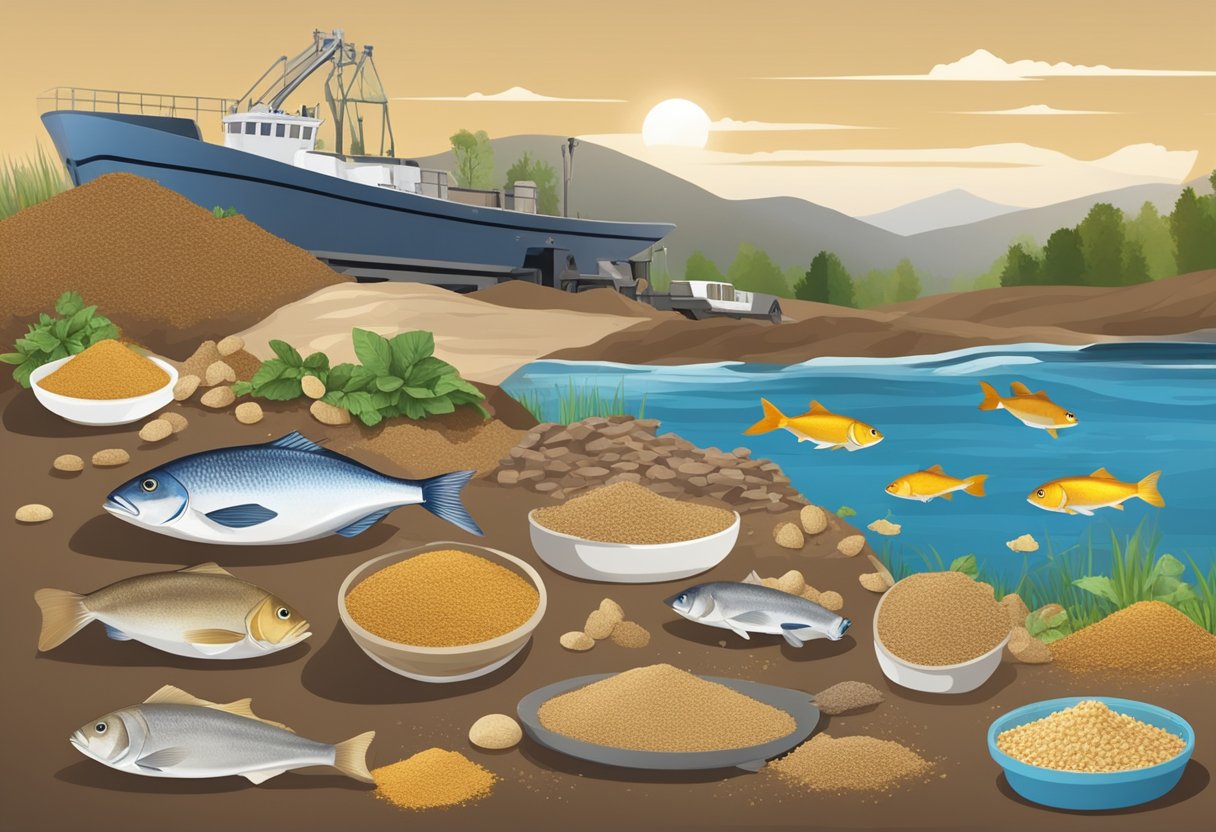
Fish meal is a valuable ingredient used in various industries. Here are some of the applications of fish meal:
Aquaculture Feed
Aquaculture is the farming of aquatic organisms such as fish, shellfish, and seaweed. Fish meal is an essential ingredient in aquaculture feed as it provides a high level of protein and essential amino acids needed for the growth and development of farmed fish. Fish meal is also a good source of omega-3 fatty acids, which are essential for the health of fish and other aquatic animals.
Poultry Feed
Fish meal is also used as an ingredient in poultry feed. Poultry, including chickens and turkeys, require a diet that is high in protein to support their growth and development. Fish meal is a good source of protein and essential amino acids, making it an ideal ingredient in poultry feed.
Swine Feed
Swine, including pigs, require a diet that is high in protein to support their growth and development. Fish meal is a good source of protein and essential amino acids, making it an ideal ingredient in swine feed. Fish meal is also a good source of minerals such as calcium and phosphorus, which are essential for the health of swine.
Pet Food Industry
Fish meal is also used as an ingredient in pet food. Fish meal provides a high level of protein and essential amino acids needed for the growth and development of pets. Fish meal is also a good source of omega-3 fatty acids, which are essential for the health of pets.
In summary, fish meal is a versatile ingredient that is used in various industries, including aquaculture, poultry, swine, and pet food. It provides a high level of protein, essential amino acids, and minerals, making it an ideal ingredient for animal feed.
Market Analysis
Global Demand
Fish meal is a highly demanded commodity in the global market, with a growing demand in recent years. The demand for fish meal is driven by the increasing demand for high-quality animal feed, particularly in the aquaculture industry. Asia is the largest consumer of fish meal, followed by Europe and North America. The demand for fish meal is expected to continue rising due to the growth of the aquaculture industry and the increasing demand for high-quality animal protein.
Price Trends
The price of fish meal is subject to fluctuations due to various factors such as supply and demand, weather conditions, and geopolitical events. In recent years, the price of fish meal has been relatively stable, with some minor fluctuations. The average price of fish meal in 2023 was $1,200 per ton, which was slightly lower than the previous year. The price of fish meal is expected to remain stable in the near future.
Export and Import Statistics
Peru is the largest exporter of fish meal, accounting for more than 30% of the global supply. Other major exporters include Chile, Denmark, and Norway. China is the largest importer of fish meal, followed by Japan and Vietnam. The demand for fish meal in China has been increasing rapidly due to the growth of the aquaculture industry. The import of fish meal by China is expected to continue rising in the coming years.
In conclusion, the global demand for fish meal is expected to continue growing due to the increasing demand for high-quality animal feed. The price of fish meal is expected to remain stable, and Peru is expected to remain the largest exporter of fish meal.
Environmental Impact
Sustainability Practices
Fish meal production can have a significant environmental impact if not managed properly. However, many fish meal manufacturers have implemented sustainable practices to minimize their impact. For example, some companies use fish waste from processing plants or bycatch from fishing operations to produce fish meal instead of harvesting fish specifically for this purpose. This reduces waste and helps to conserve fish populations.
Additionally, some fish meal manufacturers have implemented measures to reduce their carbon footprint. This includes using renewable energy sources, improving energy efficiency, and reducing water consumption.
By-product Utilization
Fish meal production can also have a positive environmental impact by utilizing by-products that would otherwise go to waste. Fish meal is made from fish that are not suitable for human consumption, such as fish heads, bones, and viscera. By using these by-products, fish meal production helps to reduce waste and increase resource efficiency.
Furthermore, fish meal can be used as a sustainable alternative to other protein sources, such as soybean meal. Soybean cultivation requires large amounts of land, water, and pesticides, which can have a significant environmental impact. By using fish meal instead of soybean meal, farmers can reduce their environmental footprint and promote sustainable agriculture.
In conclusion, while fish meal production can have a significant environmental impact, sustainable practices and by-product utilization can help to minimize this impact and promote resource efficiency.
Regulatory Framework
Quality Standards
Fish meal is subject to various quality standards set by international organizations such as the International Fishmeal and Fish Oil Organisation (IFFO) and the European Feed Manufacturers’ Federation (FEFAC). These standards cover aspects such as protein content, fat content, ash content, and moisture content.
In addition, fish meal must comply with local regulations in the country of production and the country of import. These regulations may vary depending on factors such as the intended use of the fish meal and the species of fish used in its production.
Safety Regulations
Fish meal production is subject to strict safety regulations to ensure that the final product is safe for consumption by animals and humans. These regulations cover aspects such as hygiene, microbiological contamination, and chemical contamination.
Hygiene regulations require that fish meal production facilities are kept clean and free from pests. Microbiological contamination is controlled by measures such as pasteurization and sterilization. Chemical contamination is controlled by monitoring the levels of contaminants such as heavy metals and dioxins.
In addition, fish meal must comply with local regulations in the country of production and the country of import. These regulations may vary depending on factors such as the intended use of the fish meal and the species of fish used in its production.
Overall, the regulatory framework for fish meal production and trade is designed to ensure that the final product is of high quality and safe for use in animal feed and other applications.
Technological Advancements
Innovations in Production
Fish meal production has seen significant technological advancements in recent years. One such innovation is the use of modern processing equipment, which has improved the efficiency of the production process. This has resulted in increased yields and reduced production costs.
Another notable innovation is the use of enzymes in fish meal production. Enzymes help to break down the fish waste, resulting in a higher quality and more consistent product. This has also led to a reduction in the use of chemicals in the production process, making the process more environmentally friendly.
Improvements in Shelf Life
Technological advancements have also led to improvements in the shelf life of fish meal. One such improvement is the use of antioxidants, which help to prevent the oxidation of the fish meal and extend its shelf life. This has resulted in a more stable product that can be stored for longer periods of time without deterioration.
Another innovation is the use of vacuum packaging, which helps to preserve the quality and freshness of the fish meal. Vacuum packaging removes air from the packaging, creating an oxygen-free environment that inhibits the growth of bacteria and other microorganisms. This has resulted in a longer shelf life and a more consistent product.
Overall, these technological advancements have improved the efficiency, quality, and shelf life of fish meal production. As a result, fish meal has become a more reliable and sustainable source of protein for use in animal feed and other applications.
Challenges and Solutions
Resource Limitations
Fish meal production faces resource limitations due to the finite availability of fish stocks. Overfishing can lead to depletion of fish populations and negatively impact the marine ecosystem. This has prompted the development of alternative sources of protein for aquaculture feeds. One such solution is the use of plant-based proteins, such as soybean meal, which can provide a sustainable and cost-effective alternative to fish meal. However, it is important to note that some fish species require a higher proportion of fish meal in their diet, and thus, alternative protein sources may not be suitable for all species.
Environmental Concerns
The production of fish meal can also have negative environmental impacts. The use of large fishing vessels can result in high fuel consumption and greenhouse gas emissions. Additionally, the processing of fish can generate waste and byproducts that can pollute waterways. To address these concerns, some fish meal producers have implemented sustainable practices, such as using more fuel-efficient vessels and implementing waste management strategies. Furthermore, the development of alternative protein sources can also help reduce the environmental impact of fish meal production.
In conclusion, while fish meal production faces challenges related to resource limitations and environmental concerns, there are solutions available to address these issues. The use of alternative protein sources and sustainable production practices can help ensure the continued production of fish meal for use in aquaculture feeds.
Future Perspectives
Emerging Markets
As the world’s population continues to grow, the demand for fish meal is expected to increase. Emerging markets such as Asia and Africa are expected to be the driving force behind this growth. These regions have large populations that are increasingly demanding more protein in their diets, and fish meal is an excellent source of high-quality protein.
In addition, these regions are also home to a large number of aquaculture farms, which are expected to become an increasingly important source of fish meal in the future. As these farms continue to grow and expand, the demand for fish meal is expected to grow along with them.
Alternative Ingredients
While fish meal has been a staple ingredient in animal feed for many years, there is growing interest in alternative ingredients that could be used in its place. Some of these alternatives include soybean meal, canola meal, and distillers’ grains.
One of the main advantages of these alternative ingredients is that they are often less expensive than fish meal. In addition, they can be produced locally, which can help to reduce transportation costs and increase the sustainability of the animal feed industry.
However, it is important to note that these alternative ingredients may not be able to provide the same level of nutrition as fish meal. Therefore, it is important for researchers to continue to explore new and innovative ways to replace fish meal in animal feed without sacrificing the nutritional quality of the feed.
Overall, the future of fish meal looks bright, with emerging markets and new alternative ingredients driving growth in the industry. As the demand for high-quality protein continues to increase, fish meal is likely to remain an important ingredient in animal feed for many years to come.
Case Studies
Success Stories
Fish meal has been used successfully in various aquaculture systems. In one study, a shrimp farm in Thailand saw a significant increase in growth rate and survival rate of their shrimp when they switched to a diet containing fish meal. The farm reported a 20% increase in weight gain and a 15% increase in survival rate compared to their previous diet.
Another success story comes from a salmon farm in Norway. The farm had been experiencing issues with fish health and growth, but after incorporating fish meal into their feed, they saw a 10% increase in growth rate and a significant improvement in fish health.
Lessons Learned
While fish meal has proven to be a valuable ingredient in aquaculture feed, there are also lessons to be learned from its use. One important consideration is the sustainability of the fish meal source. Overfishing and unsustainable fishing practices can lead to a shortage of fish meal and harm marine ecosystems.
Additionally, some fish species may be more sensitive to fish meal in their diets. It is important for aquaculture farmers to carefully monitor their fish and adjust their feed accordingly to ensure optimal growth and health.
Overall, fish meal can be a valuable ingredient in aquaculture feed, but it should be used responsibly and with consideration for sustainability and the needs of the fish being raised.

